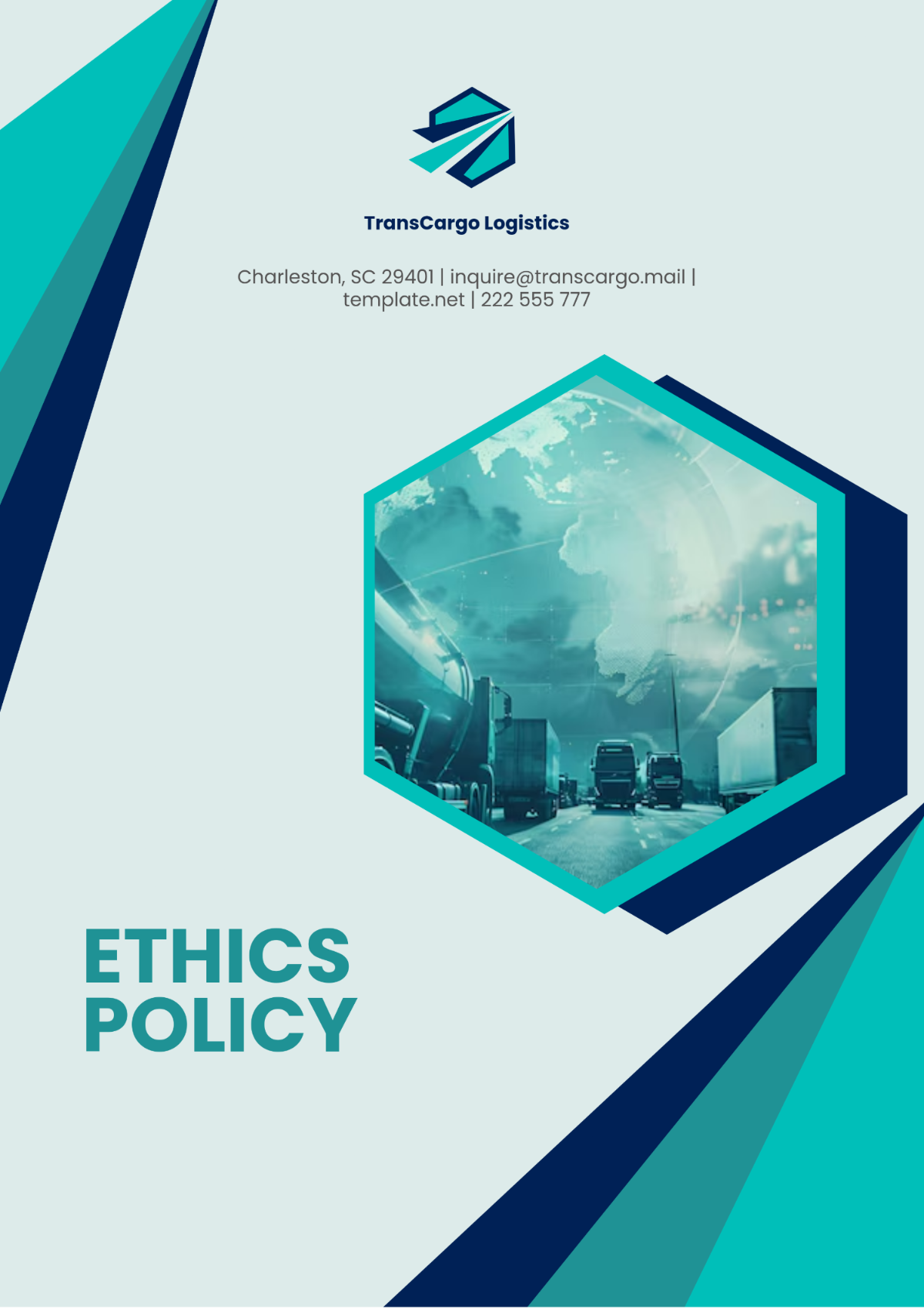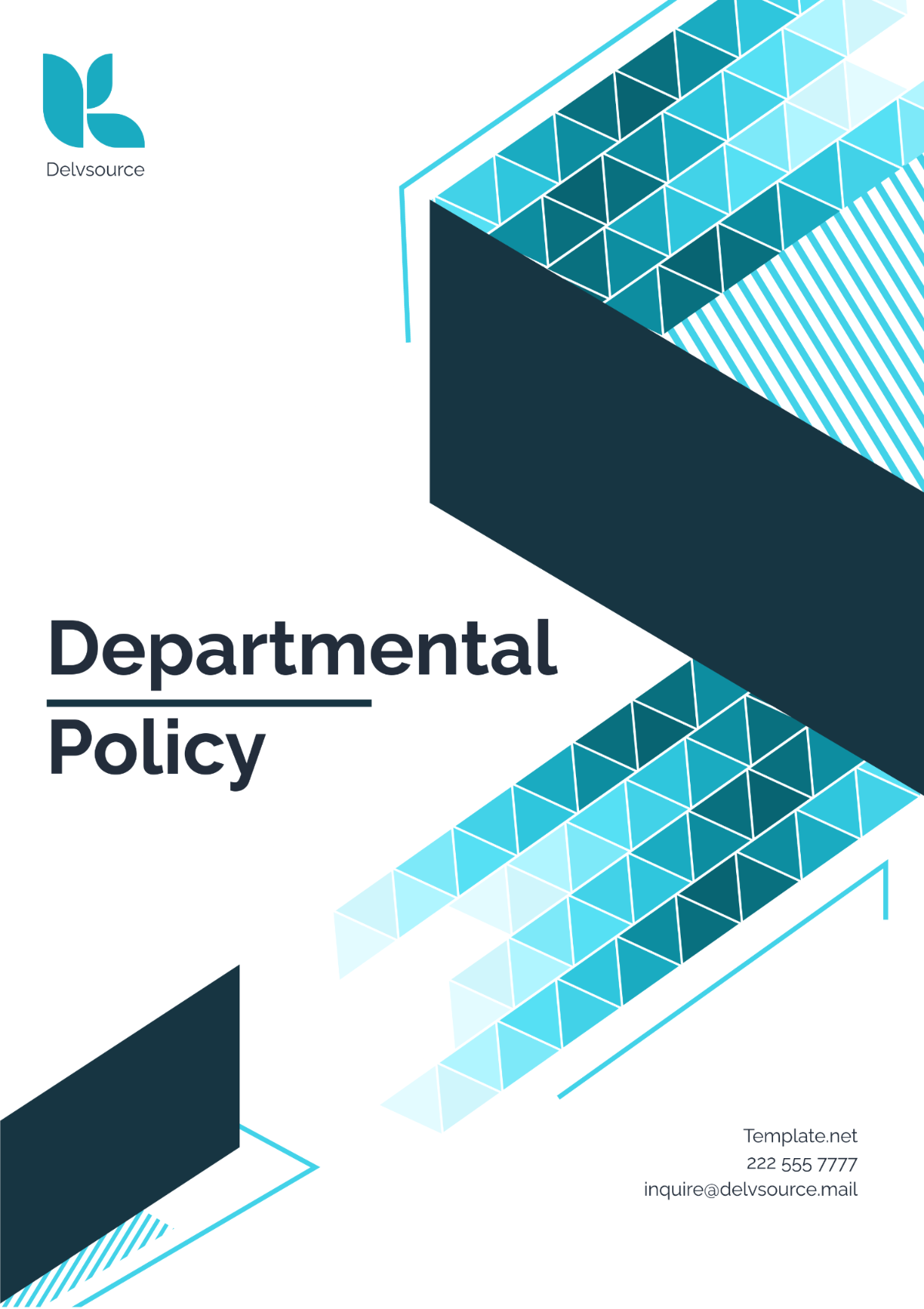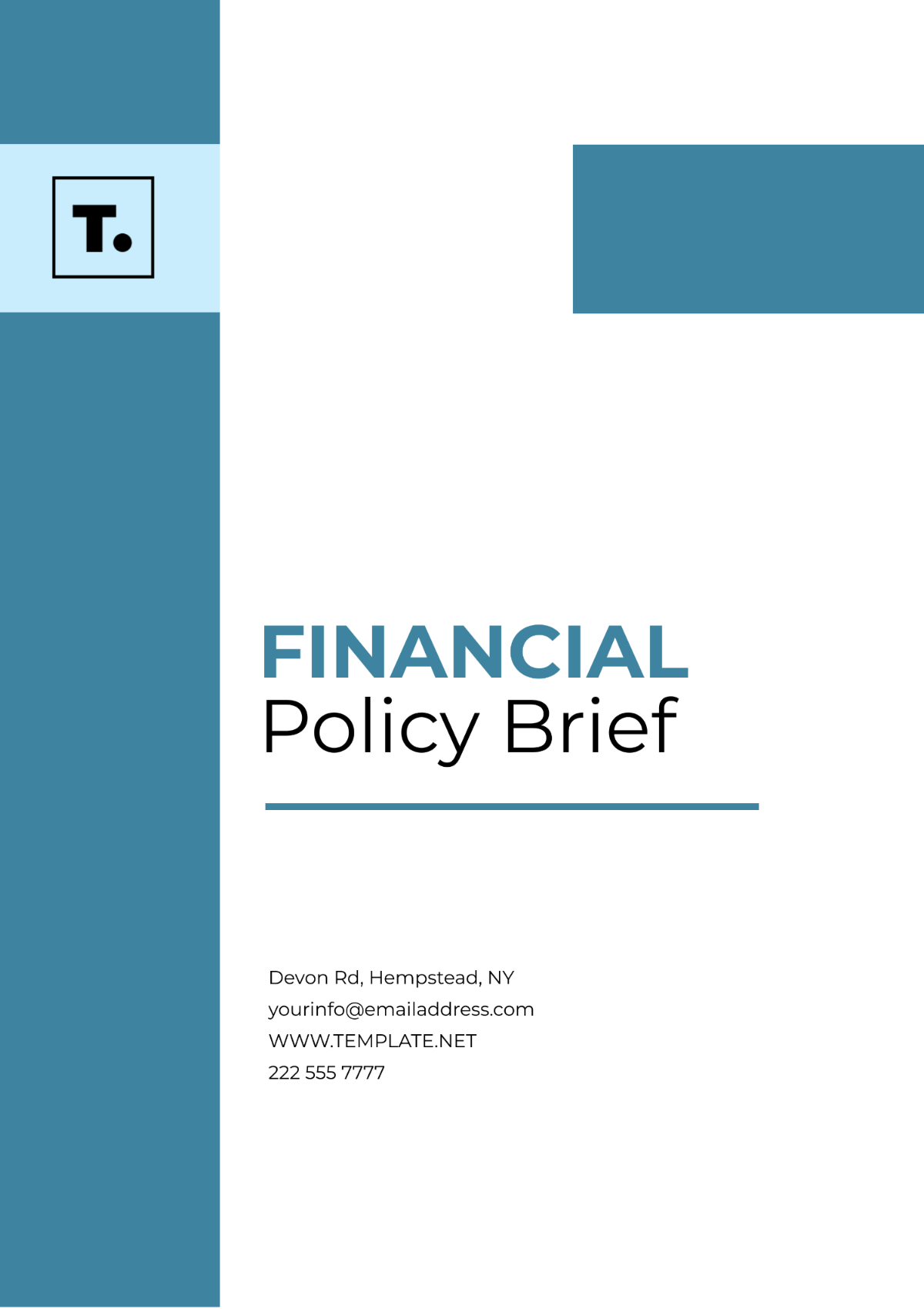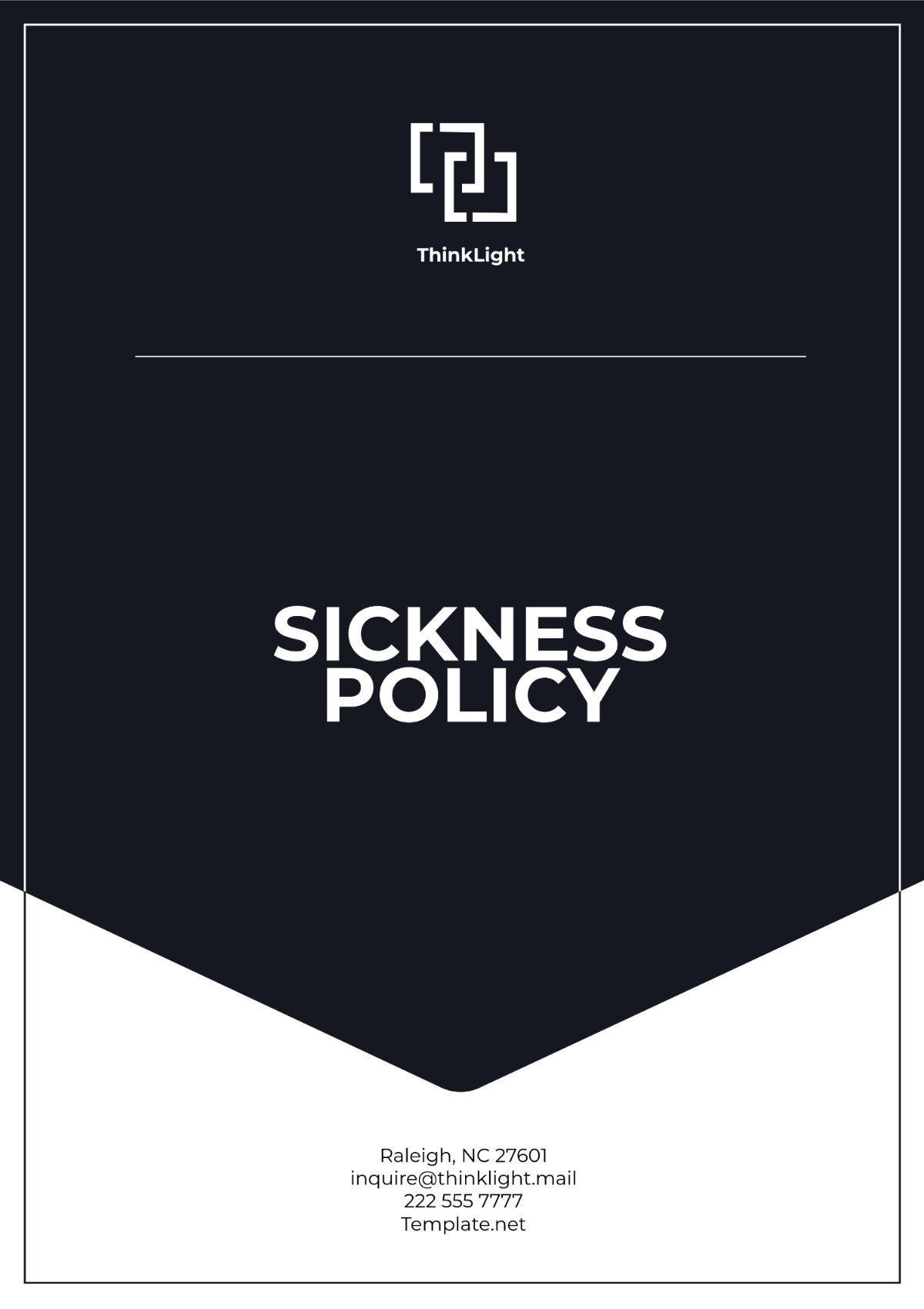SIMPLE POLICY RESEARCH
I. Introduction
In 2051, the National Renewable Energy Integration Policy (NREIP) was enacted to address the increasing demand for sustainable energy solutions and to reduce the nation’s reliance on fossil fuels. The policy aims to enhance the integration of renewable energy sources, such as solar and wind, into the existing energy infrastructure. This research, conducted by [Your Name] from [Your Company Name], evaluates the policy's progress and effectiveness in achieving its goals.
II. Policy Overview
The NREIP outlines a comprehensive framework for integrating renewable energy into the national grid. Key components include:
Renewable Energy Targets: Setting ambitious goals for renewable energy production.
Infrastructure Investments: Funding for upgrading energy infrastructure to accommodate new energy sources.
Incentives and Subsidies: Financial incentives for businesses and homeowners to adopt renewable energy technologies.
Regulatory Framework: Guidelines and regulations to ensure compliance and support for renewable energy integration.
III. Analysis
A. Effectiveness
The analysis shows that the NREIP has successfully increased the share of renewable energy in the national grid from 20% to 35% over the past decade. Significant improvements have been observed in energy sustainability and a reduction in greenhouse gas emissions. However, the policy has faced challenges in meeting some of its more ambitious targets due to slow infrastructure upgrades.
B. Impacts
The policy has had several positive impacts:
Economic Growth: The renewable energy sector has created over 50,000 new jobs and stimulated investment in green technologies.
Environmental Benefits: A notable reduction in carbon emissions has been achieved, contributing to national and global climate goals.
Energy Security: Increased renewable energy production has enhanced energy security and reduced dependence on imported fossil fuels.
Challenges include:
Infrastructure Bottlenecks: Delays in upgrading energy infrastructure have hindered the full integration of renewable energy sources.
Cost Burdens: Higher initial costs for renewable energy technologies have been a barrier for some consumers and businesses.
C. Issues and Challenges
Several issues have been identified:
Regulatory Delays: Slow regulatory processes have delayed the implementation of some policy components.
Technological Integration: Difficulties in integrating new technologies with existing systems have affected policy effectiveness.
Regional Disparities: Unequal distribution of renewable energy resources and infrastructure investments across different regions.
IV. Recommendations
A. Suggested Actions
To address the challenges and improve policy outcomes, the following actions are recommended:
Accelerate Infrastructure Upgrades: Increase funding and streamline processes for upgrading energy infrastructure to better accommodate renewable energy sources.
Expand Incentives: Enhance financial incentives for adopting renewable energy technologies, particularly in underserved regions.
Strengthen Regulatory Processes: Reform regulatory procedures to reduce delays and facilitate faster implementation of policy measures.
B. Implementation Strategies
Funding Allocation: Allocate additional resources to infrastructure projects and incentive programs to address regional disparities.
Public-Private Partnerships: Foster partnerships between government agencies and private sector entities to drive innovation and investment in renewable energy technologies.
Stakeholder Engagement: Engage with stakeholders, including energy providers and local communities, to ensure that policy adjustments meet their needs and address their concerns.
V. Conclusion
A. Summary of Findings
The NREIP has made substantial progress in integrating renewable energy into the national grid and achieving its sustainability goals. While there have been notable successes, challenges such as infrastructure delays and regulatory hurdles remain. Addressing these issues will be crucial for enhancing the policy's effectiveness and ensuring long-term sustainability.
B. Future Considerations
Future research should focus on evaluating the long-term impacts of renewable energy integration on energy prices and economic stability. Ongoing monitoring and adjustments to the policy will be necessary to adapt to evolving technologies and market conditions.
VI. References
U.S. Energy Information Administration (EIA): "Renewable Energy Integration Report 2052"
National Renewable Energy Laboratory (NREL): "Annual Review of Renewable Energy Policies 2051"
Department of Energy (DOE): "Infrastructure Upgrades and Renewable Energy Integration Report"
International Energy Agency (IEA): "Global Energy Sustainability Report 2051"
This policy report by [Your Name] from [Your Company Name] analyzes the National Renewable Energy Integration Policy (NREIP) to guide future improvements for integrating renewable energy into the national grid.

















































